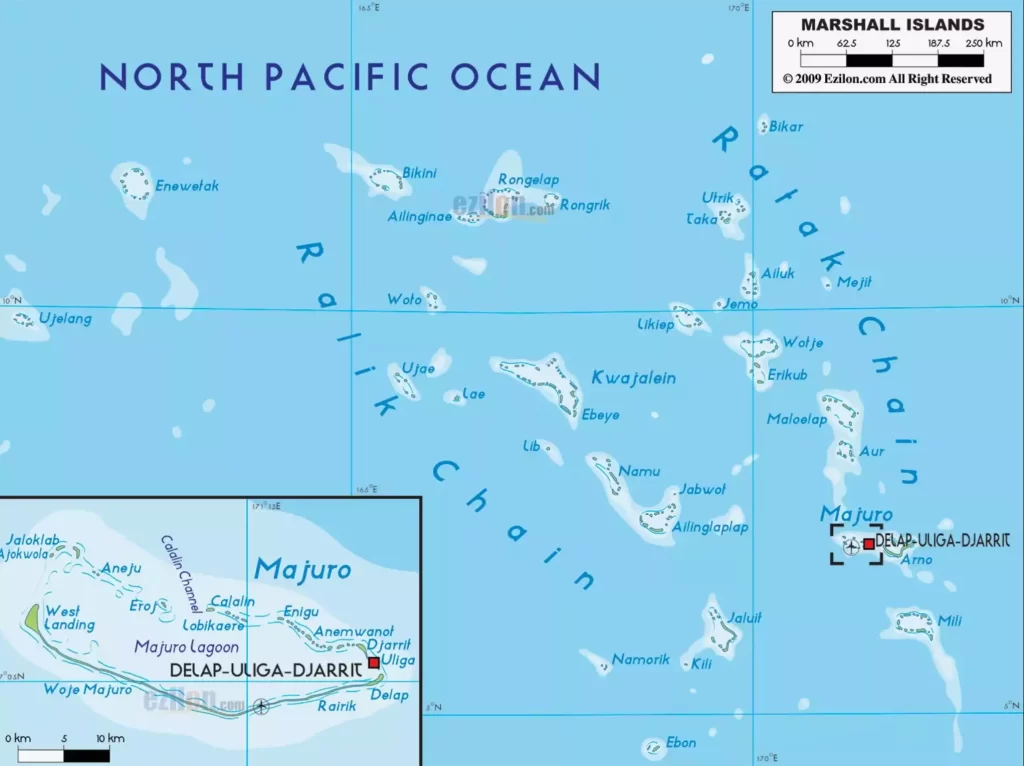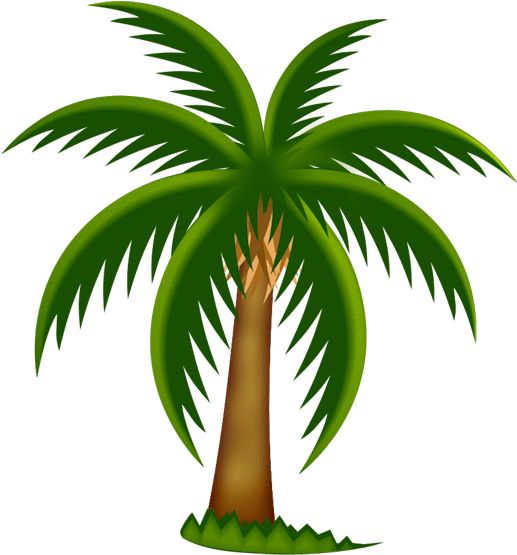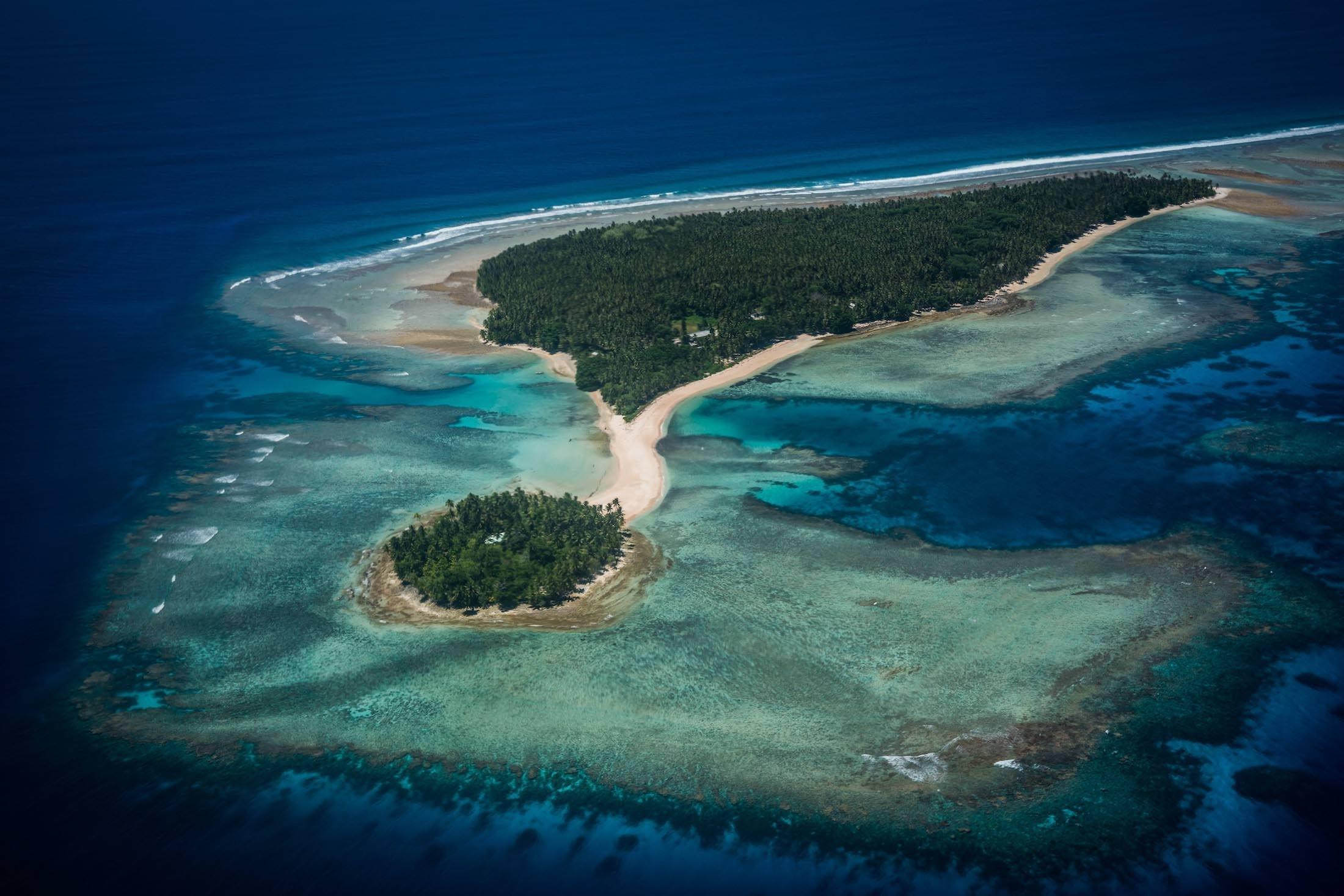The Marshall Islands: A Pacific Paradise Awaiting Discovery
The Marshall Islands, a stunning archipelago in the Pacific Ocean, has recently garnered attention as a must-visit destination for travelers seeking both tranquility and adventure. But where are the Marshall Islands exactly? This blog post takes you on a virtual journey to this tropical paradise, highlighting its location, unique culture, and why it should be your next vacation spot.
Location: A Pacific Treasure
First and foremost, let’s pinpoint where the Marshall Islands are located. Nestled in the central Pacific Ocean, this chain of volcanic islands and coral atolls lies near the equator, strategically positioned between Hawaii and the Philippines. The country is part of the larger island group of Micronesia, offering an exotic escape far from the hustle and bustle of mainstream tourist destinations. For a detailed geographical and historical overview, you can visit the Marshall Islands Wikipedia page.

Why Visit the Marshall Islands?
- Breathtaking Natural Beauty
- Stunning Beaches: White sandy beaches and crystal-clear waters define the islands’ pristine coastline.
- Diverse Marine Life: Home to one of the world’s largest shark sanctuaries, the islands are a haven for underwater explorers.
- Rich Cultural Heritage
- Local Traditions: Experience the vibrant culture through local music, dance, and handicrafts.
- Historical Significance: Learn about the islands’ role in World War II and its impact on global history.
- Unparalleled Adventure Opportunities
- World-Class Diving: Discover the underwater wonders, including shipwrecks and vibrant coral reefs.
- Fishing and Water Sports: Engage in deep-sea fishing, surfing, and more in the unspoiled waters.
Planning Your Trip
Before packing your bags, here are a few essential travel tips:
- Best Time to Visit: The ideal time to explore the Marshall Islands is between May and November when the weather is most favorable.
- Accommodations: Choose from a range of options, from luxurious resorts to eco-friendly lodges.
- Getting There: Direct flights are available from major cities like Honolulu, making the islands easily accessible.
A Hidden Gem Awaiting Discovery
The Marshall Islands, with their rich culture, stunning landscapes, and untapped adventures, are a paradise waiting to be explored. This remote destination offers an experience that is both unique and unforgettable. Whether you’re a history buff, a diving enthusiast, or simply in search of a peaceful getaway, the Marshall Islands promise an adventure of a lifetime. Ready to explore this hidden gem in the Pacific? Start planning your trip today and discover why the Marshall Islands are a traveler’s paradise.

Historical Roots and Modern Governance
World War II and its Aftermath
The islands played a crucial role as a World War II battleground. After the war, the Marshall Islands were seized by the United States, marking the beginning of a complex relationship.
Path to Independence
In a historic move, the Marshall Islands attained independence in 1986 after they signed a compact of free association with the US. This compact allows them to exercise self-governance while receiving US support.
Cultural and Political Landscape
Constitution and Governance
The constitution of the Marshall Islands was adopted in 1979, establishing a democratic government. The President serves as both the state and head of government.
Cultural Riches
The Marshall Islands’ culture is deeply rooted in traditions. From the Federated States of Micronesia to individual islands and islets, cultural diversity thrives.
Economic and Environmental Challenges
Economic Aspects
- Trading Partners: The Marshall Islands’ top trading partners include the United States, Japan, and Australia, vital for the economy of the Marshall Islands.
- Natural Resources: The islands have few natural resources, relying heavily on imports and foreign aid.
- Tourism: As a growing sector, tourism offers potential, particularly in areas like diving and cultural tours.
Environmental Concerns
- Nuclear Legacy: The islands were used as a US nuclear test site, with tests conducted at Bikini and Enewetak Atolls. The fallout from these tests continues to impact the islands.
- Climate Change: Rising sea levels pose a significant threat, with many inhabited islands at risk.
Education and Development
College of the Marshall Islands: This institution plays a crucial role in higher education, providing opportunities for local students.
International Support: Organizations like the International Monetary Fund and the Pacific Islands Forum offer economic and developmental assistance.
Unique Aspects of the Marshall Islands
- Navigation Traditions: Locals used stick charts to map the vast ocean, showcasing their deep understanding of sea navigation.
- Marshall Islands Journal: A key source of local news, offering insights into daily life and issues facing the islands.
FAQs About the Marshall Islands
- What is the history of the Republic of the Marshall Islands?
The Marshall Islands are a group of atolls and islands situated in the Pacific Ocean. The islands were part of the Trust Territory of the Pacific, under administration by the United States, and were later recognized as the Republic of the Marshall Islands (RMI). After the end of World War II, the islands became part of the Trust Territory and were eventually granted independence through a Compact of Free Association with the United States. - What is the language spoken in the Marshall Islands?
The native language of the Marshall Islands is Marshallese, which is widely spoken throughout the islands. English is also an official language and is used for government and educational purposes. - What are some key facts about the Republic of the Marshall Islands?
The Republic of the Marshall Islands consists of atolls and islands scattered across the Central Pacific. It is a part of the larger region of Micronesia and is known for its association with the United States, including the use of the Kwajalein Atoll for missile testing. The islands are also recognized for their unique culture and traditions, as well as their environmental and geopolitical significance. - How has the Republic of the Marshall Islands been associated with the United States?
Following the end of World War II, the Marshall Islands became part of the Trust Territory of the Pacific IslandsCompact of Free Association granting them independence but maintaining a close relationship with the US, including economic and military assistance. - What is the significance of the nuclear tests in the Marshall Islands?
The Marshall Islands were the site of extensive nuclear testing by the United States between 1946 and 1958, which had lasting environmental and health impacts on the local population. - What is the significance of Captain John Marshall?
Captain John Marshall, whom the islands are named after, was among the first Europeans to visit the islands in the late 18th century. - How does the government manage environmental challenges?
The government of the Republic actively collaborates with international bodies to mitigate environmental impacts and promote sustainable practices. - What role does the US play in the defense of the Marshall Islands?
Under the Compact of Free Association, the US provides defense and security, with the islands hosting key military bases. - How do the islands maintain international relations?
Through memberships in entities like the United Nations and Pacific Islands Forum, the Marshall Islands engage in global diplomacy. - What are the unique challenges faced by outer islands?
Remote outer islands face challenges like limited access to healthcare, education, and economic opportunities.

